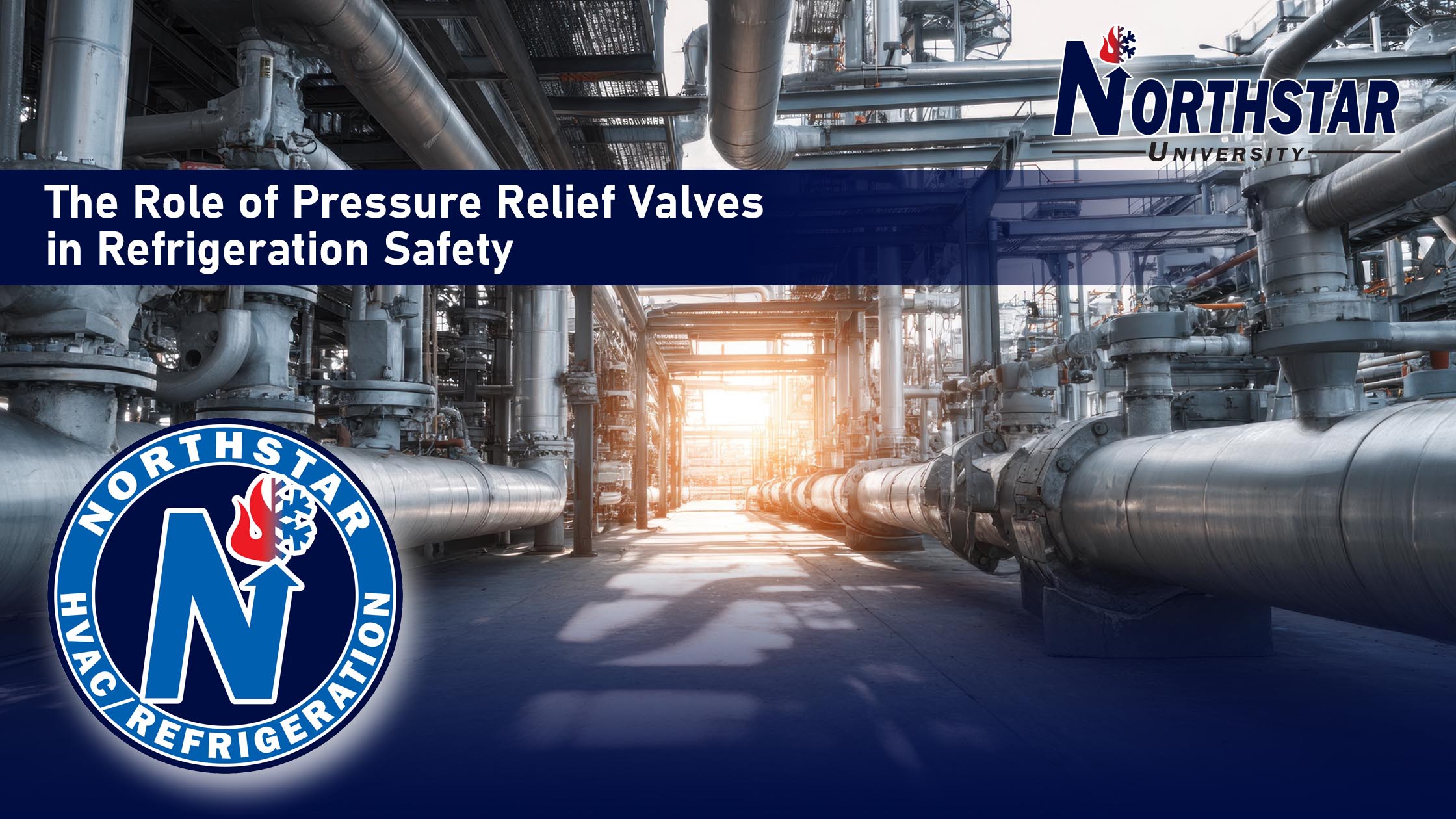The Role of Pressure Relief Valves in Refrigeration Safety
In industrial and commercial refrigeration systems, safety is non-negotiable. These systems often operate under high pressures and involve refrigerants that can be hazardous if released unintentionally. One of the most critical components that ensures system safety — and protects both people and property — is the pressure relief valve (PRV).
Pressure relief valves are often the unsung heroes of refrigeration safety, silently standing guard to prevent catastrophic overpressure events. Let’s take a deeper look at their importance, how they work, and what best practices facility owners should follow to keep them functioning as intended.
Why Pressure Relief Valves Are Essential
Refrigeration systems are designed to operate within specific pressure limits. If pressure builds beyond those limits — due to heat input, system blockage, or equipment failure — it can lead to dangerous outcomes such as ruptured vessels, line failures, or refrigerant releases.
Pressure relief valves are designed to prevent this. When system pressure exceeds the safe threshold, the PRV automatically opens to release excess pressure until it returns to a safe operating range.
In short: pressure relief valves are the last line of defense in preventing catastrophic failure.
How Pressure Relief Valves Work
Pressure relief valves are spring-loaded mechanical devices calibrated to open at a set pressure. In refrigeration systems, they’re typically installed on:
- Compressors
- Receivers and accumulators
- Condensers
- Evaporators and high-pressure vessels
When the internal system pressure surpasses the valve’s setpoint, the spring force is overcome, allowing refrigerant gas to escape through a safe discharge path. Once the pressure returns to normal, the valve closes, sealing the system again.
Common Causes of Overpressure in Refrigeration Systems
Several factors can cause overpressure conditions, including:
- Blocked or closed valves preventing refrigerant flow
- High ambient temperatures causing pressure buildup in idle equipment
- System overcharging during service or startup
- Compressor malfunctions leading to uncontrolled discharge pressures
- Fire exposure or external heating increasing vessel pressure
Without functioning PRVs, these situations could result in equipment damage, safety hazards, and costly downtime.
Regulatory Standards and Compliance
Both ASHRAE and the International Institute of Ammonia Refrigeration (IIAR) require the use of properly rated and installed pressure relief devices on all refrigeration systems.
Key references include:
- IIAR-2: Design standards for safe ammonia refrigeration systems
- IIAR-9: Minimum system safety inspection requirements
- ASHRAE Standard 15: Safety standard for refrigeration systems
Compliance ensures not only safe operation but also adherence to OSHA’s Process Safety Management (PSM) and EPA’s Risk Management Plan (RMP) requirements.
Maintenance and Best Practices
Pressure relief valves are only as effective as their maintenance schedule. Over time, exposure to refrigerant, oil, and environmental conditions can degrade valve performance.
Best practices include:
- Routine inspections: Verify PRV integrity during annual maintenance.
- Scheduled replacement: Follow manufacturer or IIAR recommendations — typically every five years for ammonia systems.
- Proper documentation: Maintain detailed service records for each valve to ensure compliance and traceability.
- Use of dual relief valves: Employ a dual-valve system with a three-way selector to allow testing or replacement without shutting down the system.
How Northstar Refrigeration Can Help
At Northstar, we understand that system safety and reliability go hand in hand. Our technicians are trained in IIAR and ASHRAE standards, ensuring every system we service meets regulatory requirements and operates safely.
We provide comprehensive safety assessments, valve inspections, and system compliance checks to protect your equipment and your people.
📞 Contact us today at (508) 888-3692 to schedule a refrigeration safety evaluation or discuss your next system inspection.
